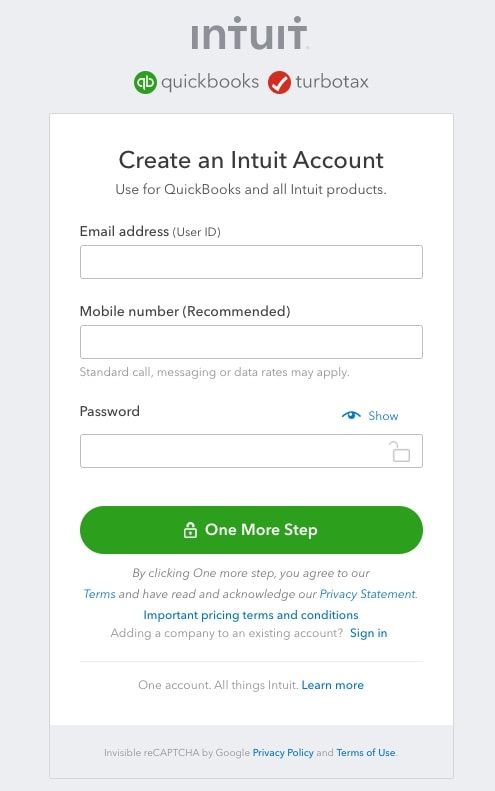Turn on suggestions
Auto-suggest helps you quickly narrow down your search results by suggesting possible matches as you type.
Showing results for
Hi Everyone, I wasn't able to find any thread that neatly explains the best way to enter a Duty/VAT/Deferment Processing Fee Invoice onto QBO. I scratched my head for a few minutes and came up with this:
It seems to work correctly but before I enter all of my FedEx/TNT invoices like this can anyone see any issues?
Thanks
Nick
Solved! Go to Solution.
Hello UKMaster Thanks for your query about entering a duty/VAT invoice and for the screenshot t. In this case, what you would need to do for any purely VAT/100% VAT bills is to do a 100% vat transaction which we have provided a link on how to do here (use method one) and then any other charges just add on as normal. You can always confirm with your accountant that they are happy with that once done.
Hello UKMaster Thanks for your query about entering a duty/VAT invoice and for the screenshot t. In this case, what you would need to do for any purely VAT/100% VAT bills is to do a 100% vat transaction which we have provided a link on how to do here (use method one) and then any other charges just add on as normal. You can always confirm with your accountant that they are happy with that once done.
Thank you for your reply. So I think my solution is basically right but I should have selected Exempt rather than No VAT. :)
I've been thinking about this more and actually I think I was right the first time...
When importing goods from either the EU or the rest of the World the courier will either account for the import VAT on their bill to us or they will defer it thanks to PVA (if they have our VAT and EORI number).
Our courier bill includes the VAT so actually what should happen is:
Supplier invoice goes onto QBO with "No VAT". This means no figures are shown on the VAT return. (Reason explained at the end of post.)
Courier invoice goes onto QBO as follows:
Import Duty.......................... 20.0% S
Courier Fee......................... 20.0% S
Value of Goods................... 20.0% S
Negative Value of Goods... No VAT
This means that the value of the goods will appear on the VAT return but thanks to the negative value of goods being set to "No VAT", this will keep the courier invoice correct by cancelling out the value of the goods on the invoice without cancelling the VAT. The net purchase figure in Box 7 of the VAT return is then set correctly.
If you use "Exempt" on both the supplier and courier invoice the net purchase figure posted in Box 7 would equal the supplier invoice amount. This may cause a correlation problem if the courier used a different figure to calculate VAT (due to exchange rate differences, etc).
This is my understanding but I'm happy to be corrected.
@UKMaster wrote:If you use "Exempt" on both the supplier and courier invoice the net purchase figure posted in Box 7 would equal the supplier invoice amount. This may cause a correlation problem if the courier used a different figure to calculate VAT (due to exchange rate differences, etc).
This is my understanding but I'm happy to be corrected.
Personally, I always use Exempt on both supplier & courier invoices (I don't like entering transaction amounts that are invisible on VAT returns).
However, if you have used No VAT when entering the supplier's invoice into QBO then you should use No VAT on the courier invoice too - for consistency & to ensure that box 7 is double counting.
Thanks for explaining your method.
I think you can just make a VAT rate of 100% and apply that to the VAT component of the DHL / FedEx invoice. The remaining amount invoiced (the fees and charges of the courier) is booked on a separate line and gets the normal 20% VAT rate.
Why would that not work?

You have clicked a link to a site outside of the QuickBooks or ProFile Communities. By clicking "Continue", you will leave the community and be taken to that site instead.
